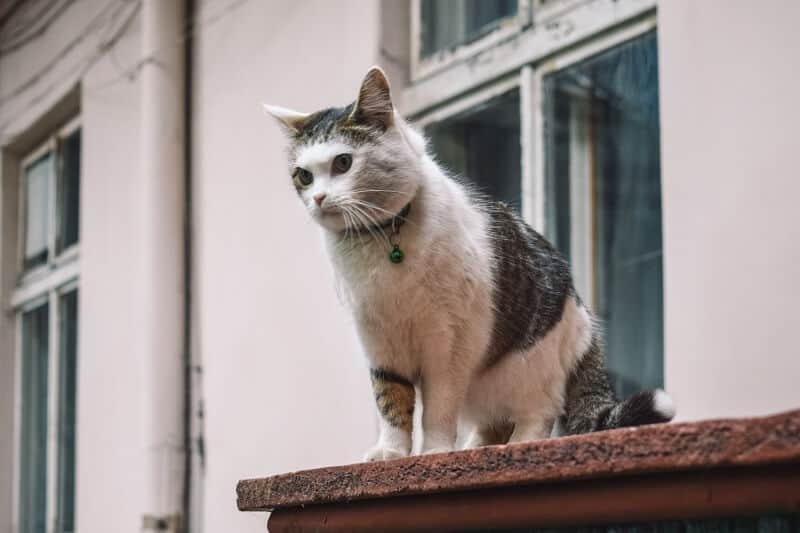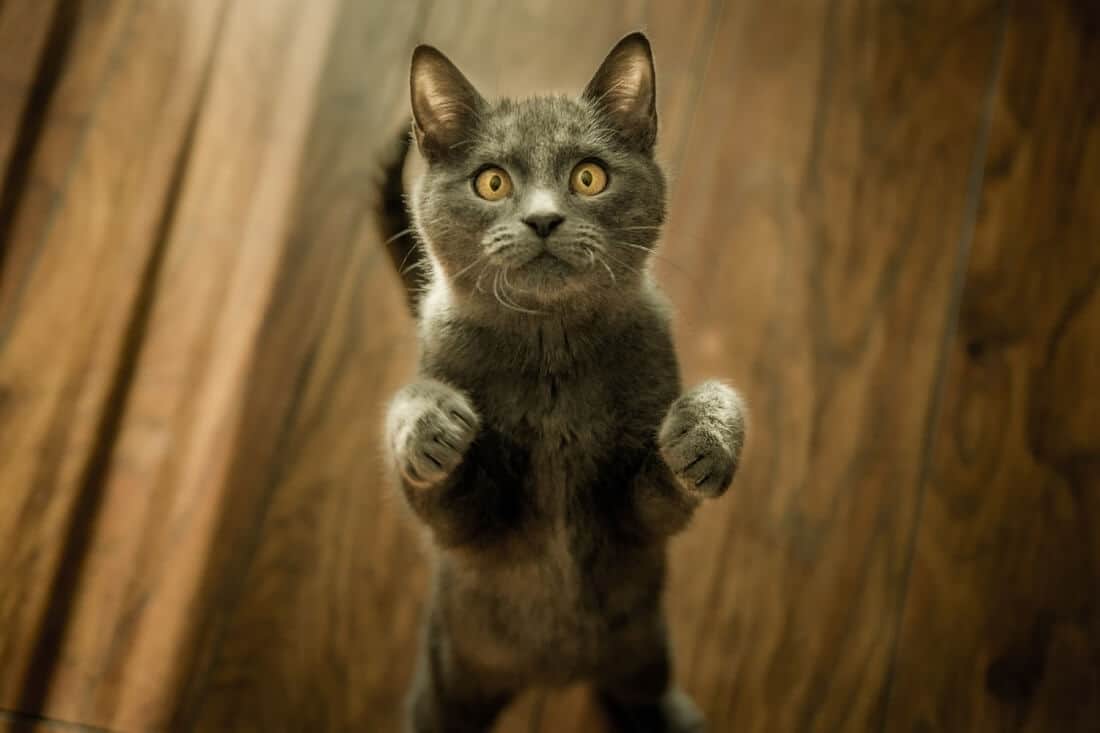
Dead cat bounce appears when the markets are in free fall. Is it possible to profit from it?
A dead cat bounce is a phenomenon that occurs when a stock gap is lower by a remarkable percentage. For example, 5% represents that phenomenon. When the stock is always volatile within a continued period of downside this gap is over 5%. But when the stock isn’t volatile this gap of 5% must be taken into consideration.
The pattern occurs during bearish moves and it is visible on the charts. A dead cat bounce pattern is an expected correction of a bearish trend.
To put this simple
Assume we have a stock that is in a strong downtrend. When it happens we can notice a lot of short-sellers in that stock. But not all are short selling. Some traders will believe that the stock has touched its cheapest possible price, it reached the bottom. So, they would like to close their short trades but some will hold the position longer. And what we have here is increasing buying pressure. The consequence is that such a stock will find its bottom and a short bounce will occur. But the stock proceeds in the direction of its initial trend and that will lead to a quick sell-off.
So, we can say, a dead cat bounce is a short recovery of the stock price from a long dropping. But it is followed by the increase of the downtrend. This recovery in stock price is a short-living one. If you take a close look at such a stock’s chart, you will notice that the downtrend is broken by short periods of recovery. They are very small rallies and the stock price can rise for a short time.
Why is this phenomenon called a dead cat bounce? Well, there is a belief that even a dead cat would bounce if it falls fast and far sufficient.
How to identify a dead cat bounce pattern?
First of all, it is a price pattern and often a repeating pattern. Don’t be naive and think it is a reversal of the current trend because this first bounce will stop and the prior downtrend will continue so the stock price will continue to drop. It is important to understand that a dead cat bounce isn’t a reversal. It appears after a stock price drops below its previous low. When the price of such volatile stock temporarily rises you’ll see it as short periods of recovery. That is due to traders’ short-sellings, they are closing out short positions or maybe buying on the hope that the stock touched the bottom.
The problem is that we cannot identify this price action before it happens. We can recognize a dead cat bounce as a pattern after it occurs. We can try to predict if the recovery will be temporary by using some analytical tools as analysts do but there are no guarantees. Identifying the exact pattern before it happens is difficult even for experienced traders. We can see a dead cat bounce in the stock price for individual stock or for the group of stocks. Moreover, it can occur for the economy in general, for example, during the recession.
A real-life example of this pattern
We have it now, these days. The indexes had the greatest drops last week, three days in a row. The biggest drops after the Great Recession. Last month, February marked several days when the market has grown, but it fell under the pressure. The investors sold some of their positions when they noticed the market has risen after a long decrease. And they unloaded. But the downtrend continued so we have a typical dead cat bounce. During the first four days of last week, for example, Dow Jones declined by almost 18%. The indexes, in general, are oversold. The overall trend indicates further losses in the stock market. Coronavirus caused so much uncertainty.
The stock price fell, short traders started to look for a point to take profits. Some others started to buy at a discount. And the buying pressure occurred since both groups pushed the price back up. Well, buying pressure isn’t able to maintain the stock price at the current rate. When we have too many short selling in the market and no one left to buy, the downtrend is going to continue. The stock prices are going to drop more. This unbalanced relation in supply and demand causes a dead cat bounce.
How to recognize a dead cat bounce
First of all, a dead cat bounce is a retracement, it isn’t a reversal. So the rebound is short and unstable. Traders can notice in their chart the existence of intent bias coming amid a clear period of failing. That should help to identify a pattern. By using fundamental and technical analysis traders are able to discover if they are set for a leg lower or a broader recovery. This is an important issue for traders. Is a rebound going to form a significant bottom or it will be a short-living rebound? After a short rebound, the stock price will continue to decrease. As we said, if traders notice a sign of rapid selling and it lasts for a longer time, there will not be a bottom. It is a dead cat bounce.
How to trade a dead cat bounce?
A dead cat bounce is the reverse of a buy the dip thinking. While “buy the dip” means the traders are sure that the full uptrend is going to come back into play notwithstanding current losses, a dead cat bounce is different.
For example, your chart highlights the run-up to $100 and each fall is met by buyers. Well, they are taking advantage of drop thinking that history can repeat and produce further highs.
But markets recognize each leg lower as being a forerunner to further losses. Periods of selling are longer, the rebounds are short, they may not last. The use of Fibonacci retracement levels can give us a tool. A shallower retracement is characteristic of a market that is prepared for added dead cat bounce.
The sharp declines show that the market in free fall will see shallow retracements every time where there isn’t enough trust in any rebound. To notice a dead cat bounce, it is important to look for a breakthrough in the previous swing low, hence a continued downtrend.
Where to place a stop-loss order?
Traders can look onto these shallow retracements as a method to start risk-to-reward trades. Your stop loss should be sized smaller. That could provide you a greater chance for a high risk-to-reward profile. Timing is extremely important when you trade this pattern. You need to stick to the trading rules of this pattern. Otherwise, you are at risk to lose everything. So, as we said, short the stock only when the price move breaks the last bottom formed.
Use the previous swing low as an entry point to ensure the trade is opened upon verification that a dead cat bounce has happened. Then look at the dead cat bounce for a lead on where to place your stop loss. Stop-loss should be proportionately small due to the shallow nature of that rebound. Don’t place a stop loss at the peak of a dead cat bounce. It’s better to place it above. You will need a higher high to neutralize the bearish appearance.
If you don’t use a stop-loss order you’ll end up in pain. What if the pattern you think you notice isn’t a dead cat bounce pattern? Are you short selling a stock, which reached a significant bottom? So it was ready to make a big move higher. This means you made the wrong decision.
Don’t trade on margin and always set a protective stop-loss order when you want to trade this pattern.
Timing is important
When you see this pattern, you should intend for a minimum price move equal to the prior trend movement. Simply, if the price starts falling quickly and you verify a pattern, you should assume the price to fall at least with the same size. There you should take your profit.
It is important to highlight that timing is essential when trading this pattern. If you don’t enter the market at the right time, there is a big chance that you’ll miss an important part of the bearish move. You have to be sure you short the stock exactly at the moment when you notice a candle closing below the last low of the stock.
Bottom line
When the stock drops more than 5% from the prior closing price but soon the price is back close where it opened, and the price then falls again, we have a dead cat bounce. It isn’t a bargain at discount. But you can make money on it
The fundamental level in a dead cat bounce trade is near the open price of the initial gap down day. Usually, the price will retest this level during the same day. That will give traders the possibility to go short. This level will stay notable for days or weeks in the future. If you go short and the stock price falls more after that, the price can come back a week later again to test the same level. That would be a second dead cat bounce.
One single gap may have three cat bounce trades. It is risky to trade this pattern but may give you a high profit.



Leave a Reply